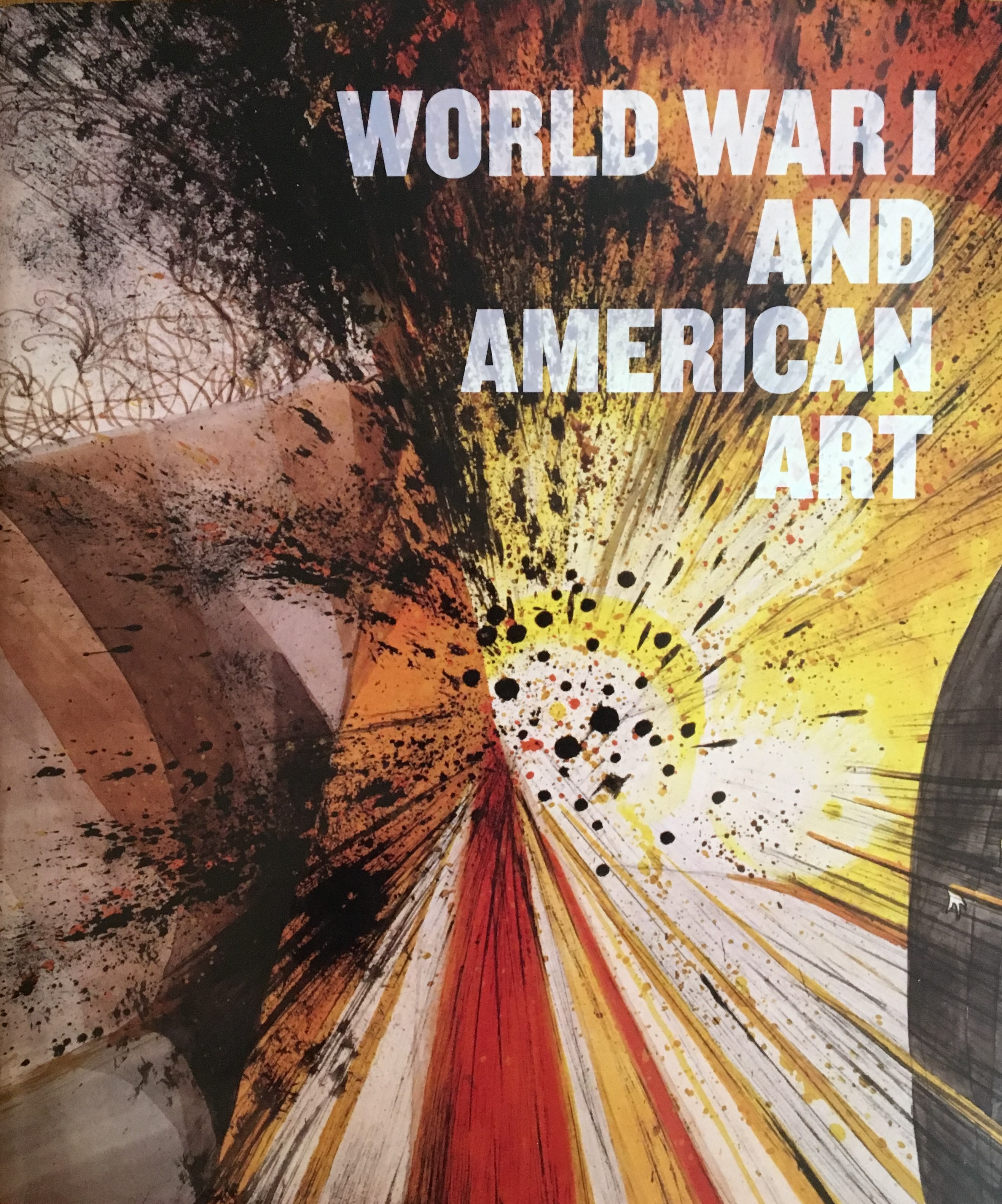 World War I And American Art World War I And American Art
Princeton University Press, 2016
Essay included by Pearl James
|
 Getting Inside Your Head: What Cognitive Science Can Tell Us About Popular Culture Getting Inside Your Head: What Cognitive Science Can Tell Us About Popular Culture
Johns Hopkins University Press, 2012
Lisa Zunshine
Getting Inside Your Head uses research in theory of mind to look at movies, musicals, novels, classic Chinese opera, stand-up comedy, mock-documentaries, photography, and reality television. It follows Pride and Prejudice's Mr. Darcy as he tries to conceal his anger, Tyler Durden as he lectures a stranger at gunpoint in Fight Club, and Ingrid Bergman as she fakes interest in horse races in Notorious.
This engaging book exemplifies the new interdisciplinary field of cognitive cultural studies, demonstrating that collaboration between cognitive science and cultural studies is both exciting and productive.
|
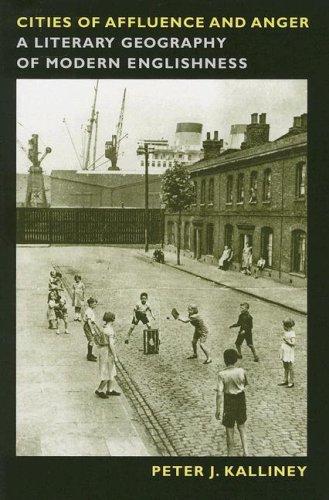 Cities of Affluence And Anger: A Literary Geography of Modern Englishness Cities of Affluence And Anger: A Literary Geography of Modern Englishness
University of Virginia Press, 2006
Peter J. Kalliney
Providing a compact literary history of the twentieth century in England, Cities of Affluence and Anger studies the problematic terms of national identity during England's transition from an imperial power to its integration in the global cultural marketplace. While the countryside had been the dominant symbol of Englishness throughout the previous century, modern literature began to turn more and more to the city to redraw the boundaries of a contemporary cultural polity. The urban class system, paradoxically, still functioned as a marker of wealth, status, and hierarchy throughout this long period of self-examination, but it also became a way to project a common culture and mitigate other forms of difference. Local class politics were transformed in such a way that enabled the English to reframe a highly provisional national unity in the context of imperial disintegration, postcolonial immigration, and, later, globalization.
|
 Why We Read Fiction: Theory of Mind and the Novel Why We Read Fiction: Theory of Mind and the Novel
Ohio State University Press, 2006
Lisa Zunshine
Why We Read Fiction offers a lucid overview of the most exciting area of research in contemporary cognitive psychology known as “Theory of Mind” and discusses its implications for literary studies. Zunshine’s surprising new interpretations of well-known literary texts and popular culture representations constantly prod her readers to rethink their own interest in fictional narrative. |
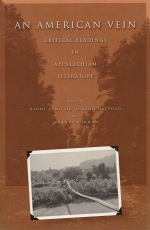 An American Vein: Critical Readings in Appalachian Literature An American Vein: Critical Readings in Appalachian Literature
Ohio University Press, 2005
Danny L. Miller, Sharon Hatfield, and Gurney Norman
Many writers from the mountains have found success and acclaim outside the region, but awareness of the region itself as a thriving center of literary creativity is not widespread. The editors of An American Vein have remedied this, producing the first general collection of Appalachian literary criticism. What’s more, it holds the promise of introducing new readers, nationally and internationally, to the Appalachian literature and its relevance to our times.
|
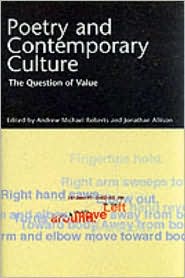 Poetry and Contemporary Culture: The Question of Value Poetry and Contemporary Culture: The Question of Value
Edinburgh University Press & Columbia University Press, 2002
Andrew Michael Roberts
and Jonathan Allison, eds.
A collection of new essays by leading American and British scholars on the subject of how poetry is valued, represented, and mediated in contemporary culture both American and British. Includes essays on the use of poetry on television, film, and the internet, and essays on nationalism, race, democracy, and the Avant-Garde.
|
 Dramas of Solitude: Narratives of Retreat in American Nature Writing Dramas of Solitude: Narratives of Retreat in American Nature Writing
SUNY Press, 1998
SUNY Series, Literacy, Culture, and Learning: Theory and Practice
Randall Roorda
Roorda brings the insights of narrative theory to bear upon the genre of nature writing, to explore the social or ethical purposes of solitude in stories of retreat in nature. This book complicates social views of literacy with depictions of a solitude held in dynamic relation to a not-only-human community. It will inform the efforts of literary critics and writing teachers alike who hope to reintegrate English studies upon ecological terms.
|
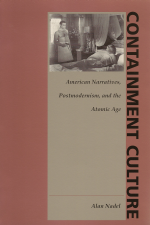 Containment Culture: American Narratives, Postmodernism, and the Atomic Age Containment Culture: American Narratives, Postmodernism, and the Atomic Age
Duke University Press, 1995
Alan Nadel
Examining a broad sweep of American culture, from the works of George Kennan to Playboy Magazine, from the movies of Doris day and Walt Disney to those of Cecil B. deMille and Alfred Hitchcock, Nadel discloses the remarkable persuasiveness of the containment narrative. Drawing on insights provided by contemporary theorists he situates the rhetoric of the cold war within a gendered narrative powered by the unspoken potency of the atom. He then traces the breakdown of this discourse of containment and ties its collapse to the onset of American postmodernism.
|